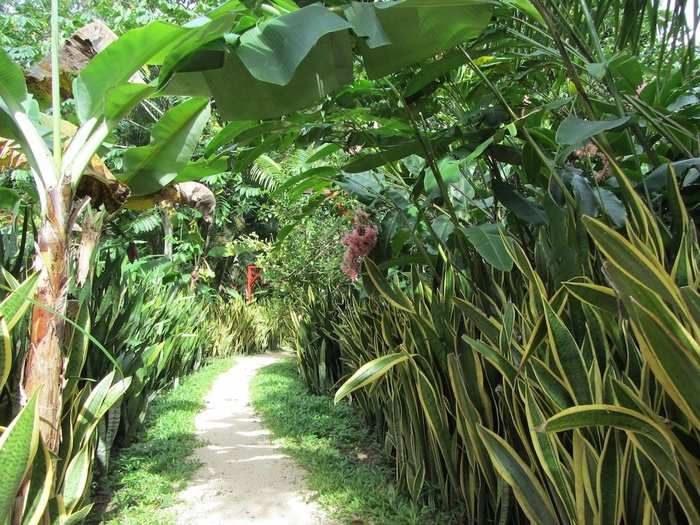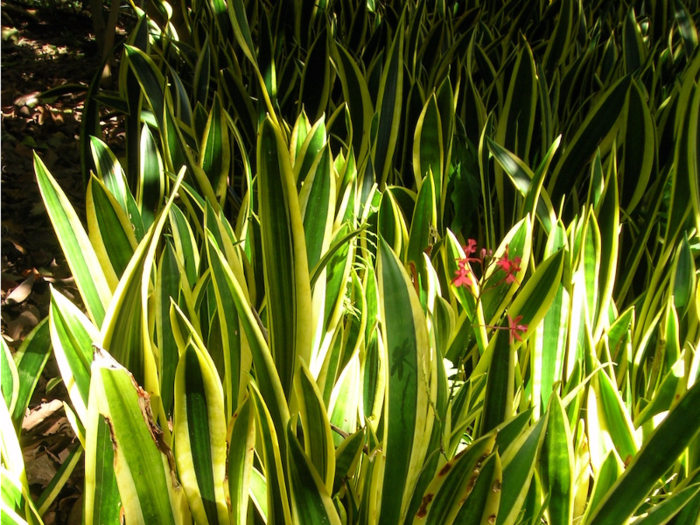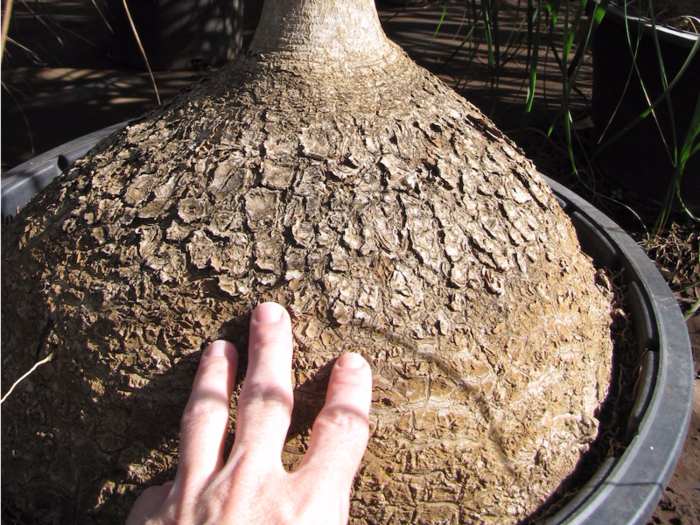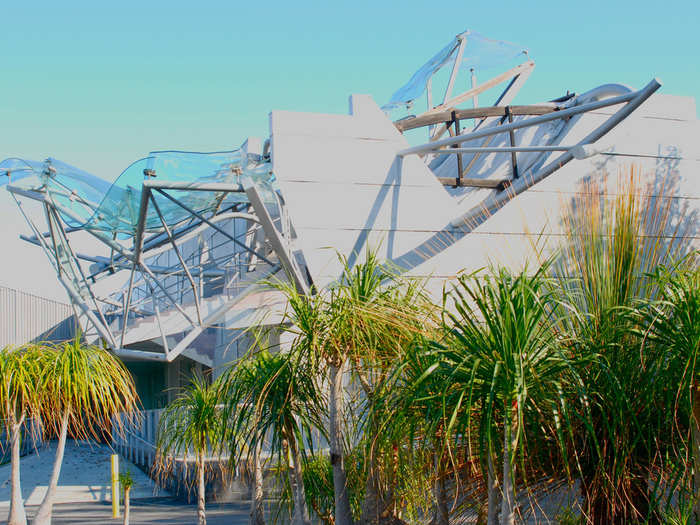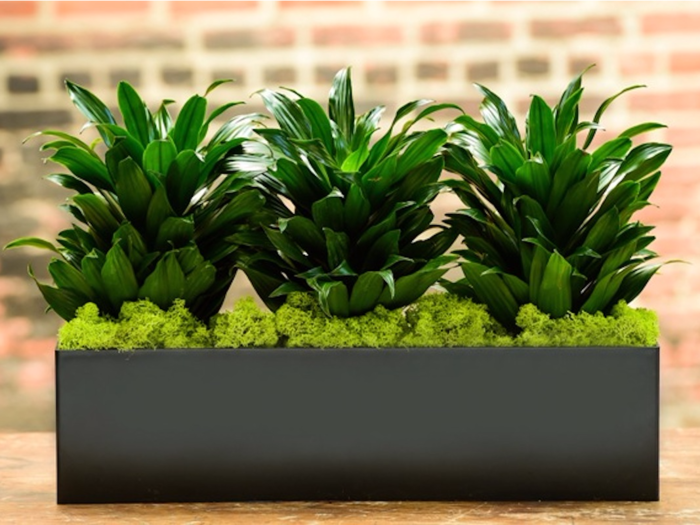The Snake Plant has "got good juju going for it," Schechter said.
In Nigeria and Brazil the snake plant is considered sacred. Brazilians call it "espada de São Jorge" (St. George's Sword) and often plant it outside their homes because it's believed to have protective qualities.
The Snake Plant is sometimes called "viper's bowstring hemp." The leaves are so strong that the plant fibers were once used to make actual bow strings.
The plant is desert-ready and stores water in its leaves, so "if the soil's wet, don't add water," Schechter says. That rule of thumb applies to all the plants on this list.
The Ponytail Palm's massive trunk stores up water, and it can do well in low and indirect lighting conditions.
"They evolved to be able to withstand periods of dryness" in arid eastern Mexico, Schechter says.
The Mexican Ponytail Palm is pet-friendly and used to dry, arid conditions. It can go for two to three weeks without water.
It's ASPCA approved as non-toxic for dogs, cats, and horses.
The glossy leaves on this Janet Craig plant are super-hearty. Schechter said one tough Janet Craig plant once lived in a dark closet for two months and it survived to see the light of day.
Schechter says this one is known as a "workhorse plant" because "not all plants have that big, bushy look, but can tolerate low levels of light."

